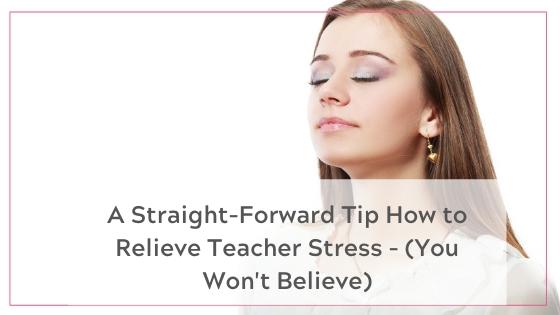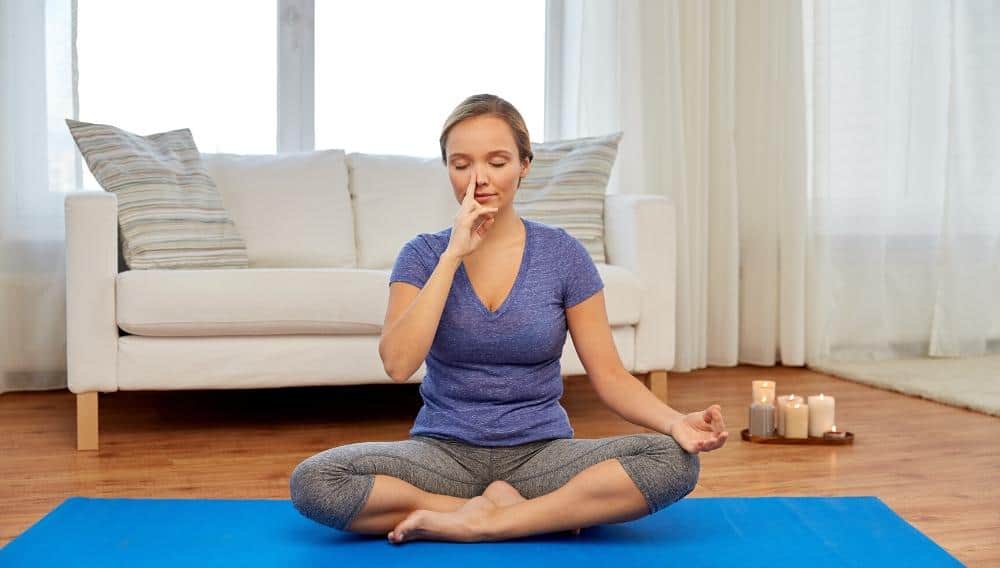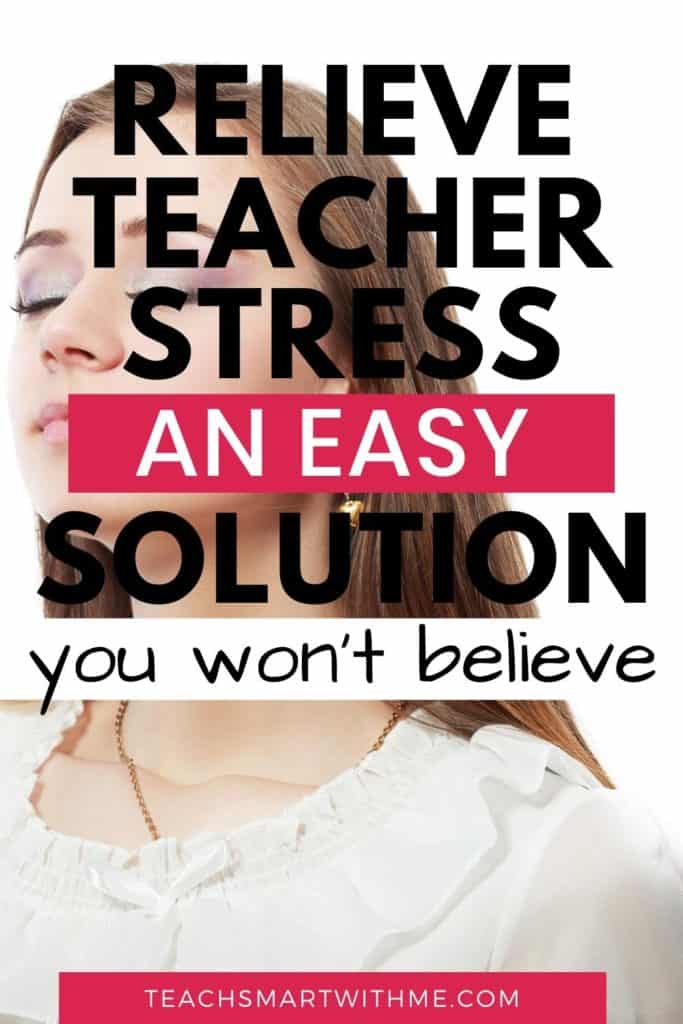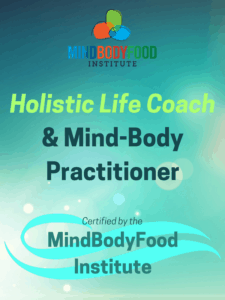
Teaching remotely can be just as stressful as at school. Read here for a sure-fire way how to relieve teacher stress at this crazy time.
Teacher stress is becoming an epidemic in many ways and some people allow it to take over their lives.
And even working at home can take it’s toll.
Don’t let it!
This is such an important topic for many professionals because you need to know that it’s the chronic stress that’s burning you out as a teacher.
These are ice-cold words.
But all the information is saying that this is what is happening.
I want you to realise, to truly thrive as an educator, you’ll need to find ways how to relieve teacher stress and get a handle on it.
It’s that simple.
I say this because I didn’t know what to do with my own stress. I allowed it to run my life and it ate me up for many years.
And do you know what happened?
Chronic stress took my energy. It took my health and it took my sanity.
I’m now recovering from all of this; however, it’s not a quick fix.
I’ve now become very passionate about helping other-overwhelmed and stressed teachers, to help them avoid going down the dangerous path of burnout, as I have.
To get started, you firstly, need to understand a little bit about stress, to make you more aware of the insidious effects of it on the body.
This will help you to implement the necessary changes in your life. Hopefully, to prevent any further negative effects happening to your wellbeing.
If you’ve got some understanding of the effects of stress, skip to – How Can Teachers Overcome Stress?
Before you go grab your FREE Stress-Busting ideas for teachers here:
The huge problem with stress
There are 3 major issues with stress:
- No. 1 – An average person doesn’t truly understand the damaging effects that stress causes to their health
- No. 2 – You don’t realize what the purpose of stress is in the body
- No. 3 – You don’t know how to manage stress effectively
So many of us know about stress, and understandably think it’s all bad.
Some of us even ‘stress over’ having high levels of stress… but until you come from a place of awareness, you’ll still be in the dark and won’t truly know the lifestyle changes that are needed to make any kind of difference.
I linked to the article above – Why It’s So Important for Teachers to De-Stress. This article deals with these first two issues – have a read.
But in this particular post, I tackle the third problem – How to relieve teacher stress with a super-easy strategy.
Related Article: 5 Easy Ways to Relieve Teacher Stress
If you have read any of my other posts you’ll know that I’M a burnt-out teacher. You can read my story here about my burn out experience.
But since then, through the study of Holistic Life Coaching and Mind-Body Practitioner tools, plus the research I’ve undertaken about the human stress response, I’ve gained a greater knowledge and understanding of how to calm the nervous system and what’s needed to bring it back into balance.
I’ve studied many of the scientific approaches to stress management and how important it is for individuals to know this too, especially if you’re working in a highly stressful job, like teaching.
I’m so keen to share with you about this one easy strategy that will bring you into a much calmer and more relaxed state.
This one tool, I believe, will be a game-changer for you.
An unbeliever is a now a convert
On my journey to healing, I was first introduced to this technique, but I didn’t realise how effective it could be.
My psychologist, at the time, was hell-bent to teach me her amazing tool she’d successfully used with other patients to help heal them from burnout and PTSD, but… I underestimated it’s worth.
So now, I’m a convert.
Don’t brush it off, as I did.
This one super-simple idea will change your life and how you deal with your own stress — if you let it!
How can teachers overcome stress?
Here it is — IT’S IN YOUR BREATH.
or should I say, it’s in how you breathe.
Don’t click off – Please let me explain.
It’s well-known that our breath is vital for our health, healing and wellbeing (Thonley, 2019).
And if you’ve done any form of yoga, you’ll understand the power and benefits of learning breathing techniques.
Many experts know now that your breathing is the ‘perfect anchor to keep your attention focused on the present moment.’
Related Article: 6 Easy Ways to Use Mindfulness in the Classroom
With this in mind, it’s in the focussed breathing that moves you from an unhelpful stress response into a calming relaxation response. This is the kill-switch to immediately start calming the nervous system.
But often, breathing is taken for granted.
The lungs breathe in and out 100s of times per day, but we rarely think about it — unless you can’t.
Maybe you have asthma… or maybe you get breathless because you’re unfit and can’t climb the stairs without puffing (or is this just me :)… or you’ve probably had nasal congestion while being sick.
But, apart from times like these, breathing is unconscious – it’s an automatic response that acts without our awareness.
The pioneers of mind-body medicine realised long ago that when taught to breath correctly, this action immediately helps our mind and body to slow down and release tension – in turn, slowing the heart rate, increasing oxygen supply and promoting inner calm and a feeling of general wellbeing (Thonely, 2019).
Often, when we’re stressed and overwhelmed, pushing the body beyond its limits, we can have difficulty winding-down, relaxing and finding the calming space we need to feel at peace.
This is where deep, slow breathing will immediately help us.
I found myself in this place of urgent stress relief.
At a time of overwhelm in my busy teaching world, my body became locked in a state of perpetual stress and burnout.
Do you feel like this could be happening to you too?
Related Article: Are You At Risk of Teacher Burnout? Look for the Signs and Symptoms
Well… you need to keep reading.
Modern life can be so stressful, particularly in the teaching world- with all that this job entails.
To help you overcome this, as we all need to do, it’s necessary to practice relaxation techniques to help move you into the desired relaxation response.
Don’t forget to get your FREE Stress-Busting Ideas printable here:
The relaxation response
To help you understand some of the complexities of what our body goes through to move out of the stressed state, I want to quickly explain a little bit about the science of it – if you can bear with me.
It’s interesting to know that the body has an opposite reaction to the stress response – it’s called the relaxation response. Which makes sense!
The relaxation response is when the body reverts to a balanced and stable condition – in scientific terms, this state of calm is called, Homeostasis.
You would be aware that when you are stressed, it places great strain on the body, whereas the relaxation response helps to release this strain. This, in turn, promotes healing and relaxation in the body. The body craves being in this rested state.
In 1969, Scientists like Dr Herbert Benson realised that using mediation to be intentionally still and slow down the breath, had a calming effect on the body.
What Dr Benson realised was that deep, slow, focused breathing helped make a physiological change in the nervous system and reverted it to a stable, calm state which was able to combat the stress response.
This type of deep, belly breathing, he observed in meditation, (also called diaphragmatic breathing), is one of the easiest strategies to help the body relax. The benefits seen were slowing of the heart rate, reduced blood pressure, slowing brain-wave activity, and also reduced muscles tension.
So you can understand why I want to focus on this awesome technique here.
It’s important to make a note: Finding regular moments throughout the day to consciously do this type of breathing in a slow, deep and even manner will help you to move into the much-needed relaxation response and experience the health benefits that come with it.
But, as in yoga, you’ll need to learn and practice this new skill to reap the full benefits of relaxation.
That’s ok.
I’m going to step you through how to easily start a deep-focused breathing routine that you can practice each day.
In time, you’ll be able to call on your breathing technique to quickly calm your nervous system when stress strikes.

Step-By-Step – Learn how to relieve teacher stress with slow deep breathing
Here are some easy-to-follow instructions on how to use this technique to calm your body and mind in times of stress:
- Sit comfortably for a few minutes with your spine upright… or lay straight back (or lie down) and start to focus on your breath.
- Notice the sensation of your breath moving in through your nose and throat, filling your lungs and expanding your stomach (this is the important bit).
- Observe yourself releasing the tension, as it escapes slowly and evenly through your mouth.
- Gradually increase the length of your breathing – both inhalation and exhalation until both are long, slow and approximately the same count. It helps to count your breaths and keep your focus. (Start with a count of 4)
- Do this now for at least 6 – 7 deep, long breaths to feel the effects of stress leaving your body.
That’s it! Easy-peasy!
Virtues of this super-simple tip to relieve teacher stress
As you can see, slow deep breathing is super helpful for many people, particularly busy teachers because:
- It’s uncomplicated
- It’s easy to learn and implement into a busy life
- It’s deceptively simple but oh-so effective.
Tip: for the best results, use this breathing technique 3 times a day and when stress strikes, and you’ll be able to train your brain and nervous system to counter the effects of the dominant stress response and relieve the burden on the body and the brain.
You’ll be surprised how easy and effective it is to relieve teacher stress each day at school.
Make it a priority and build it into a well-rounded self-care routine to help prevent the onset of teacher burn out.
Use it! Love it! and don’t underestimate its value!
Good luck and keep practicing!
Remember you’re worth it!
Related Articles:
- 15 Easy Relaxation Strategies to Beat Stress
- 19 Positive Teacher Affirmations You Need to Start Now!
- Teachers: Enjoy the 7 Benefits of a Self-Care Bath Routine
- What’s All the Fuss About Self-Care for Teachers
PIN IT FOR LATER!

Michelle x
References:
The Mind Body Food Institute, Thonley, 2019
The Relaxation Response, Dr Herbert Benson


Leave a Reply